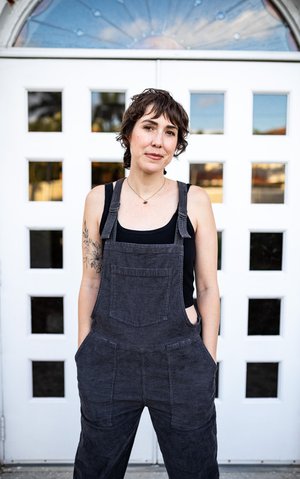
by Michele Kirichanskaya | Dec 6, 2023 | Blog
Maria Ingrande Mora (they/she) is a content designer and a brunch enthusiast. Her love languages are snacks, queer joy, and live music. A graduate of the University of Florida, Maria lives near a wetlands preserve with two cats, two children, and two billion...
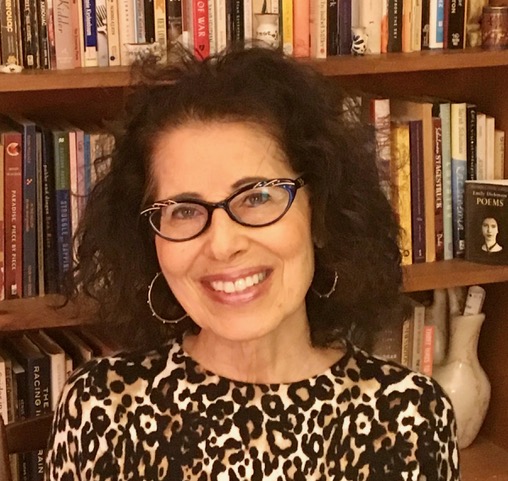
by Michele Kirichanskaya | Dec 4, 2023 | Blog
Lesléa Newman is the author of 80 books for readers of all ages, including the novel-in-verse October Mourning: A Song for Matthew Shepard; the short story collection A Letter to Harvey Milk; the dual memoir-in-verse I Carry My Mother and I Wish My Father; the picture...

by MJ Martinez | Nov 29, 2023 | Blog
A last-minute invite from Geeks OUT’s Vice President, Kevin Gilligan, led me to a special screening of Netflix’s Nimona. As a former board member myself, to leaving Geeks OUT entirely, and then transitioning to a social media coordinator a few years later, the night...
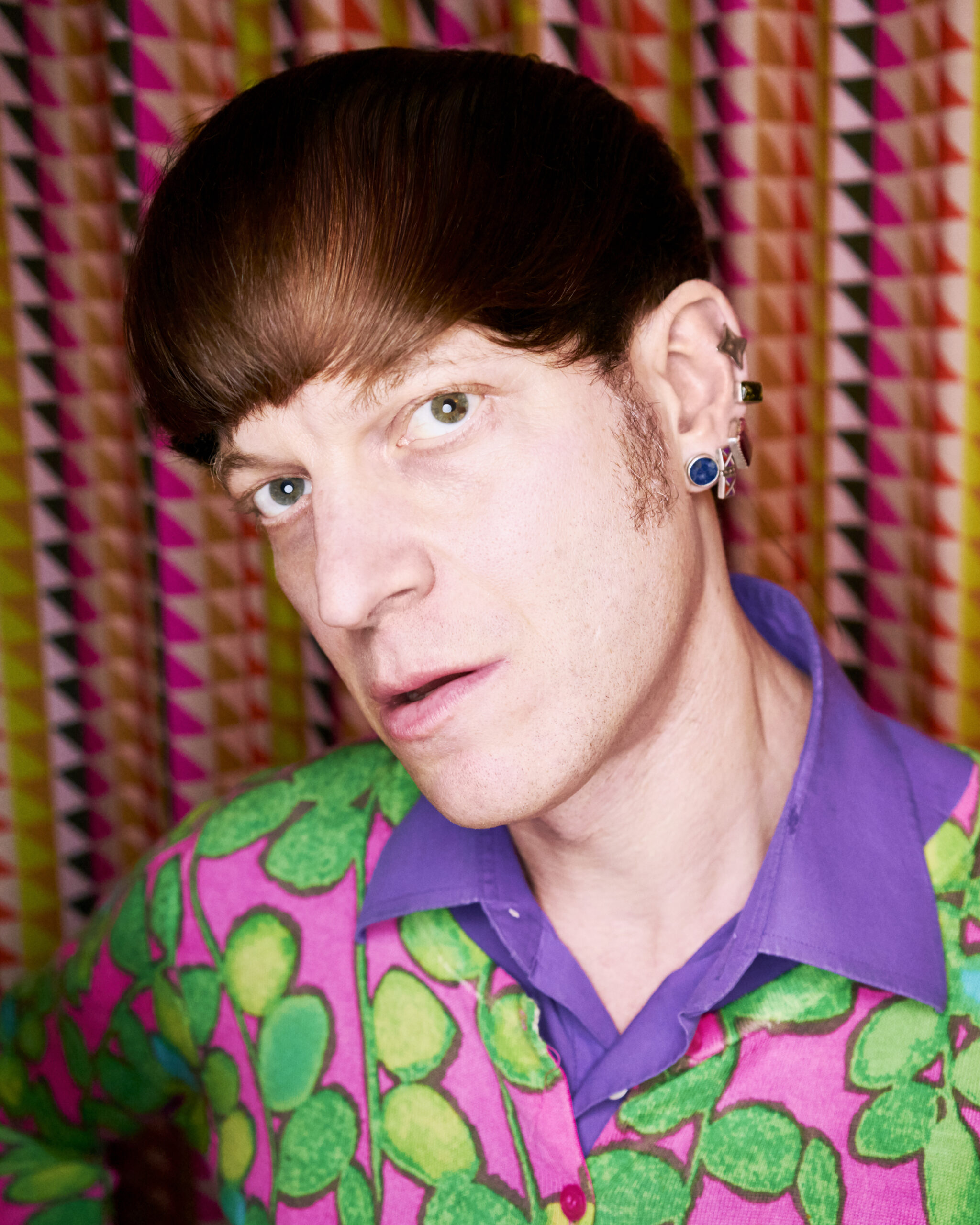
by Michele Kirichanskaya | Nov 25, 2023 | Blog
Mattilda Bernstein Sycamore is the author of three novels and a memoir, and the editor of five nonfiction anthologies. Her memoir, The End of San Francisco, won a Lambda Literary Award, and her anthology, Why Are Faggots So Afraid of Faggots?: Flaming Challenges to...
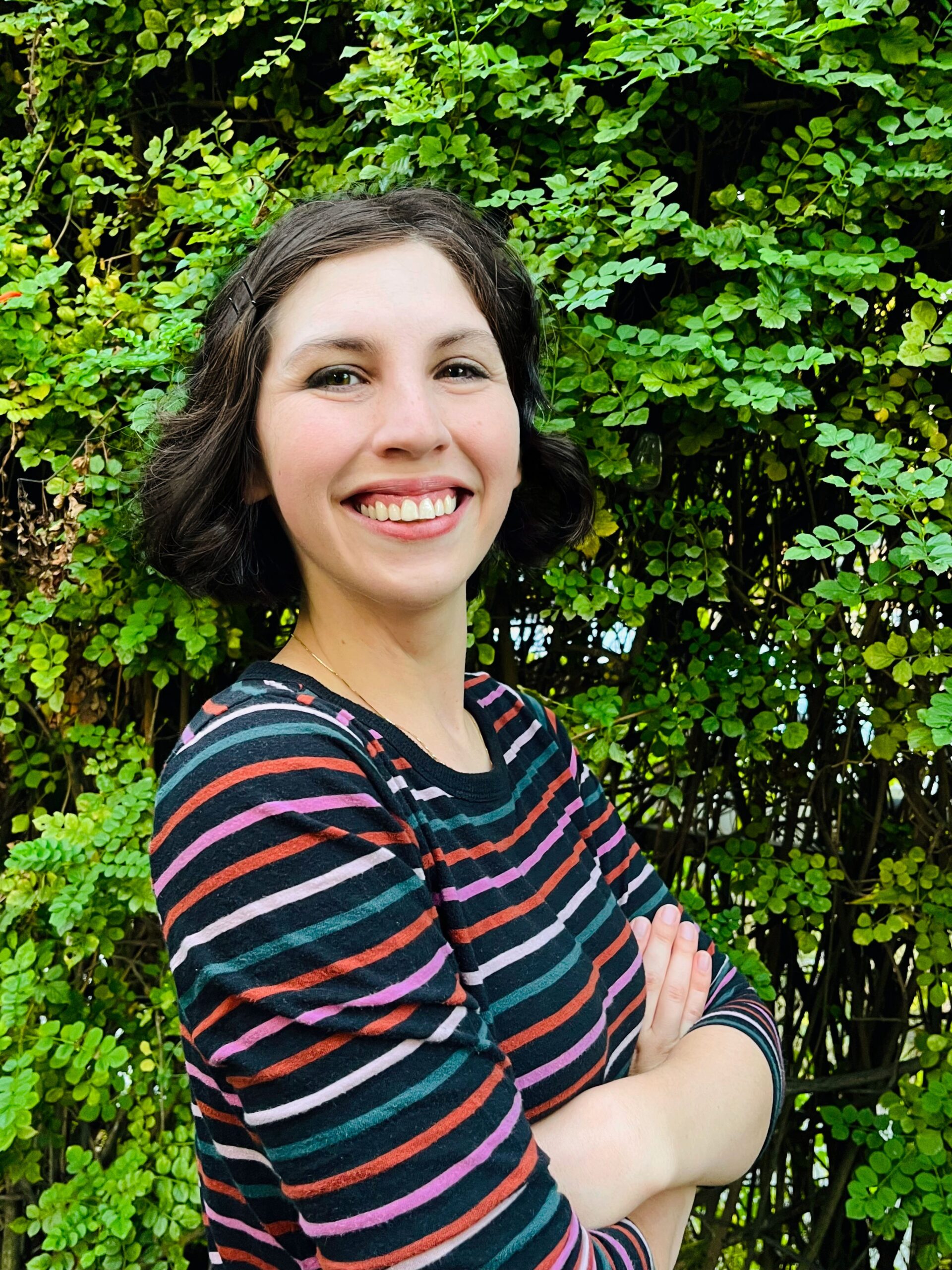
by Michele Kirichanskaya | Nov 22, 2023 | Blog
Emma Steinkellner is an illustrator, writer, and cartoonist living in Los Angeles. She is a graduate of Stanford University and the illustrator of the Eisner-nominated comic Quince. She is the author and illustrator of The Okay Witch graphic novel series. First of...
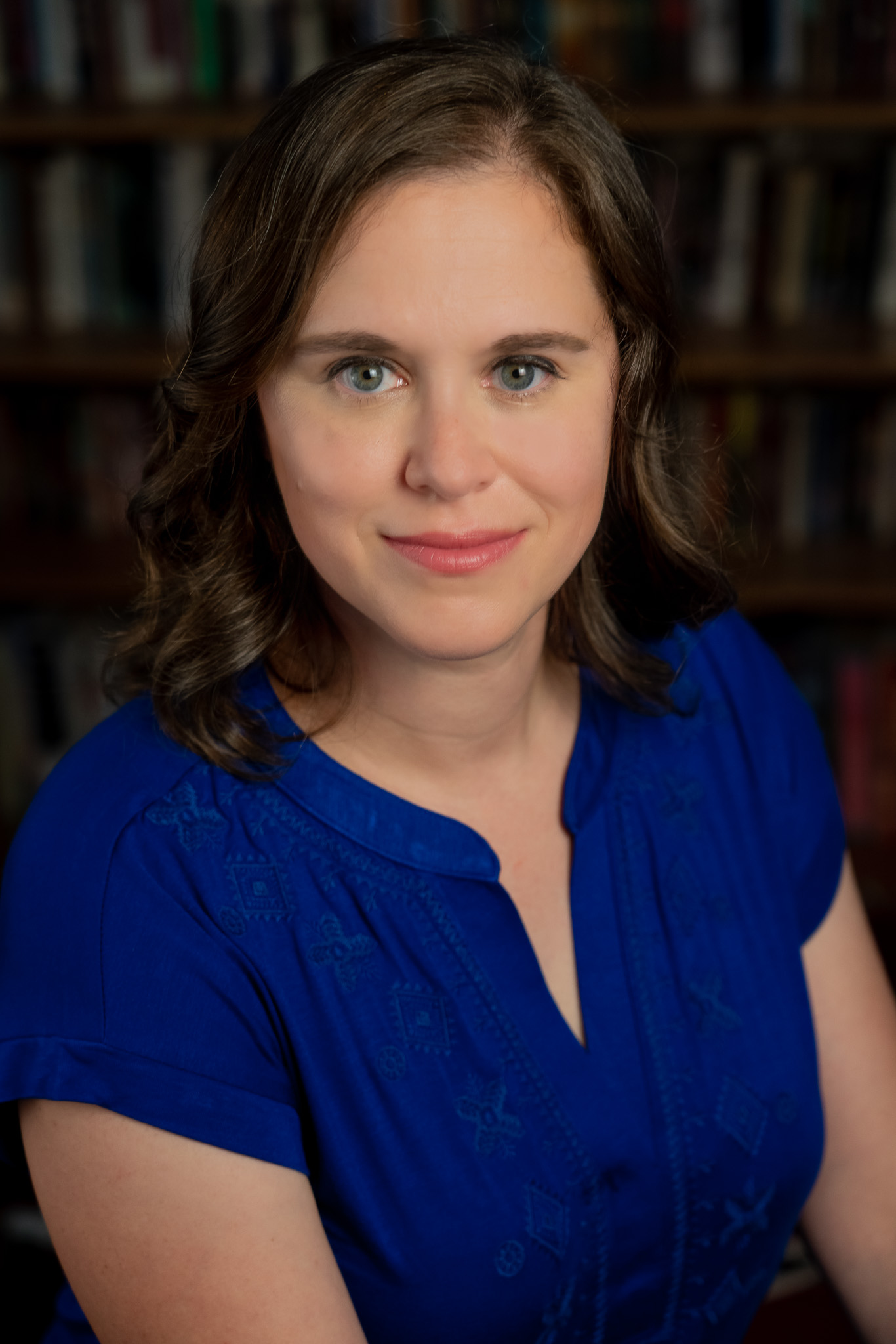
by Michele Kirichanskaya | Nov 18, 2023 | Blog
Helene Wecker is the author of The Golem and the Jinni and The Hidden Palace. Her books have appeared on The New York Times and San Francisco Chronicle’s bestseller lists, and have won a National Jewish Book Award, the VCU Cabel Award, the Harold U. Ribalow Prize, and...







